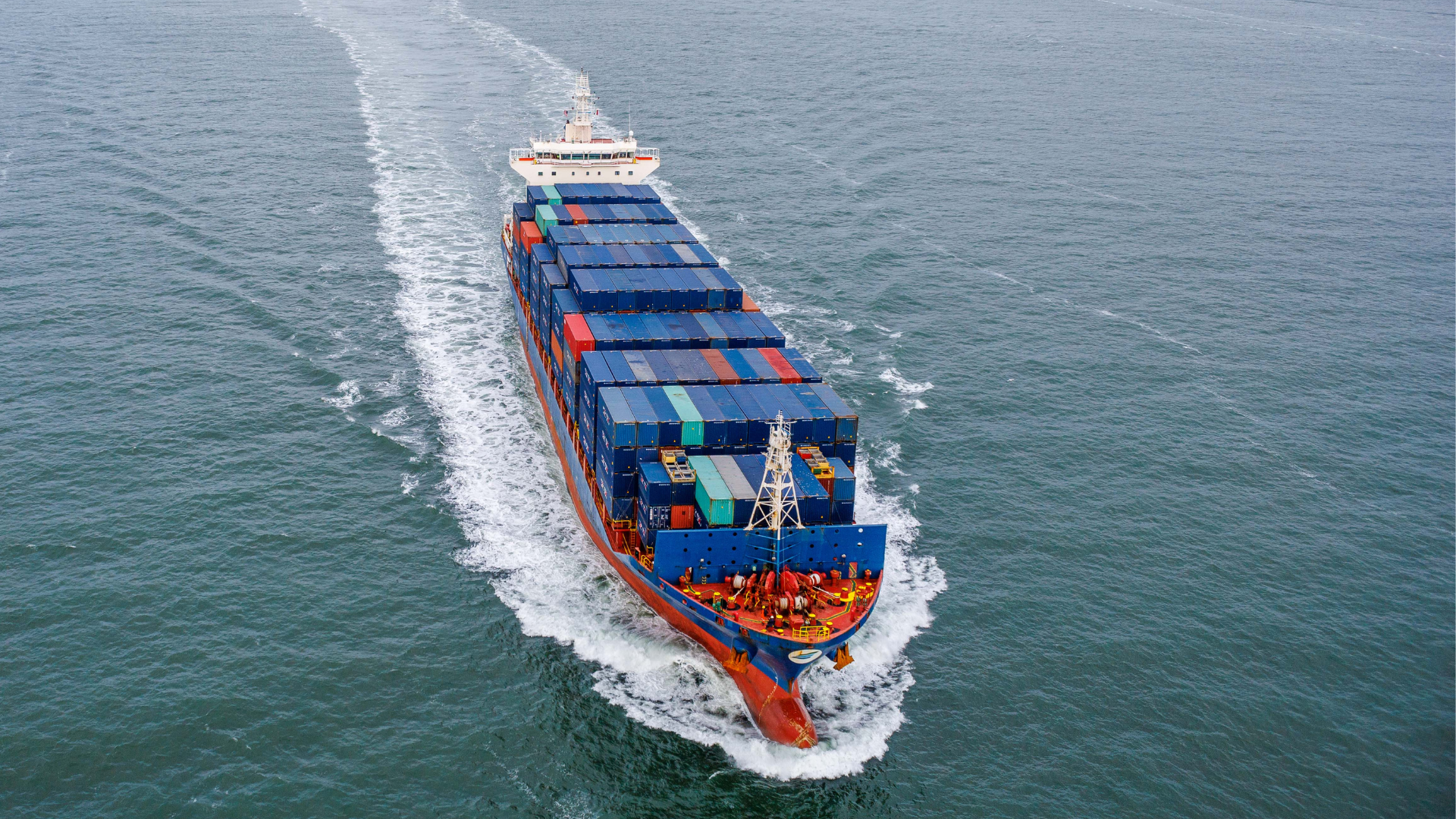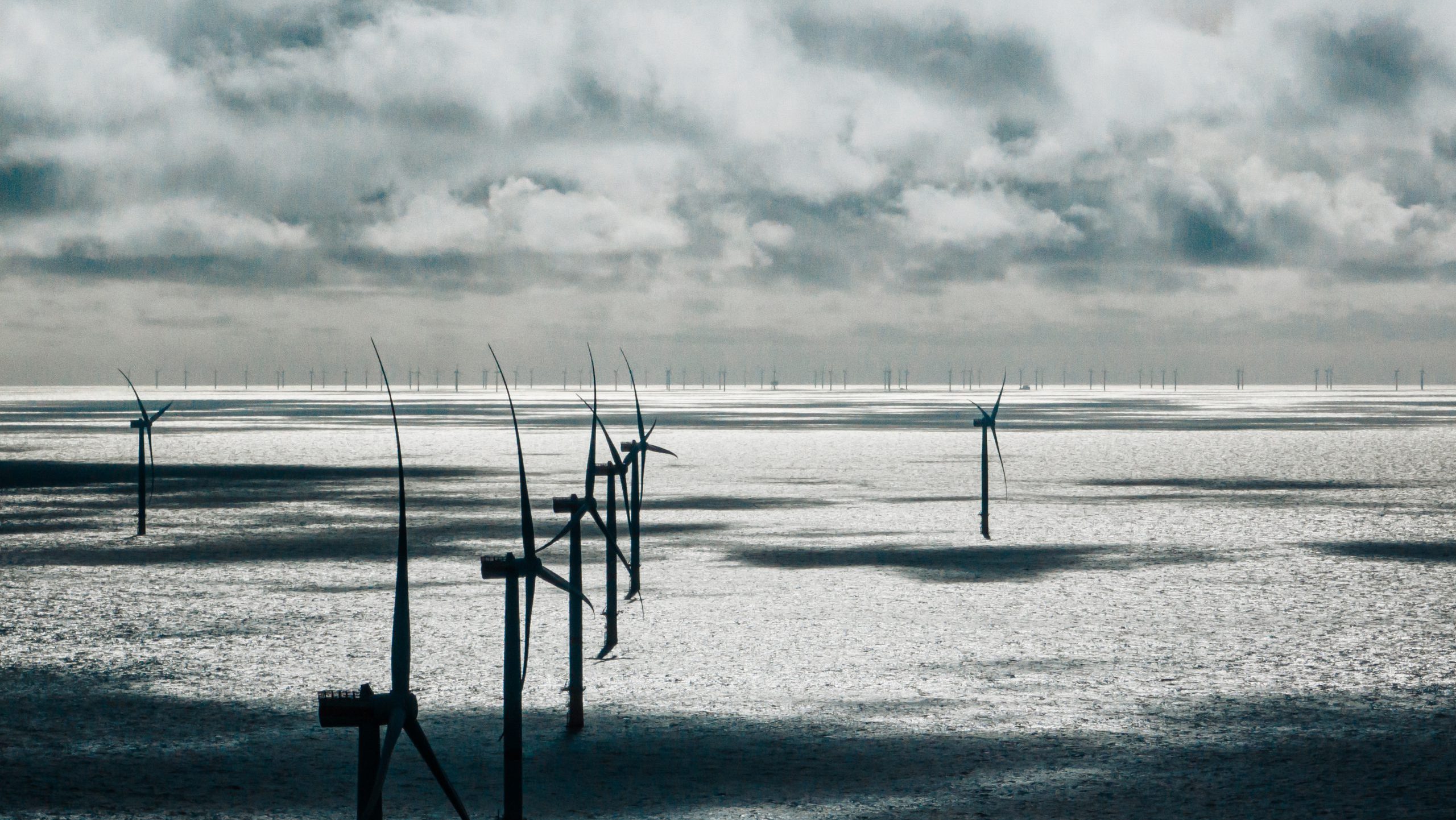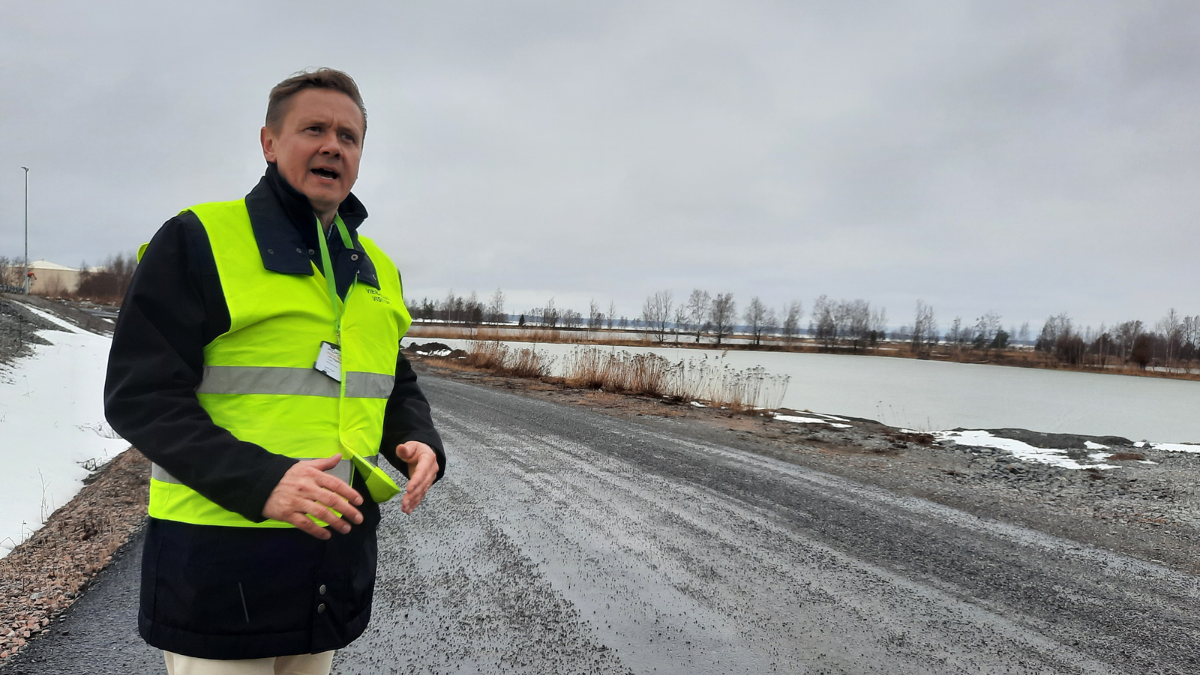Ports have always been vital hubs for global trade, but today, they are eager and, in some ways, compelled to respond to the energy transition. Tightening legislation and growing customer expectations are driving this shift, creating both challenges and opportunities.
As the world moves toward decarbonising both land-based and maritime transport sectors, ports are uniquely positioned as the gateway between the two, with the potential to lead the way by adopting sustainable practices and harnessing green energies for the mutual benefit of surrounding stakeholders. At Flexens, we are working closely with ports and port stakeholders to explore these opportunities and develop strategies to yield long-term environmental benefits without compromising profitability.
The Challenge of Decarbonising Maritime Logistics
The shipping industry faces increasing pressures to reduce its greenhouse gas emissions, but this is no small feat. With 90% of global trade reliant on shipping, the need for sustainable solutions has never been more urgent. The 2023 IMO Strategy on Reduction of GHG Emissions from Ships has set the ambition for greenhouse gas (GHG) emissions from international shipping to reach net zero by 2050.
From a European perspective, an increasing number of vessels are now obligated to report and reduce emissions with the extension of the EU Emissions Trading System (ETS) to shipping and additional requirements posed by the FuelEU Maritime Regulation.
For ports, this presents an opportunity to capitalise on the growing demand for zero- and low-carbon alternative fuels such as hydrogen, ammonia, and methanol, while also meeting the increasing power needs of battery-powered electric vessels and shore-side electricity. This opens possibilities for investing in associated infrastructure and technologies, such as bunkering, onshore power supply, charging stations, and renewable energy usage and storage, strengthening the port’s role in the energy transition.
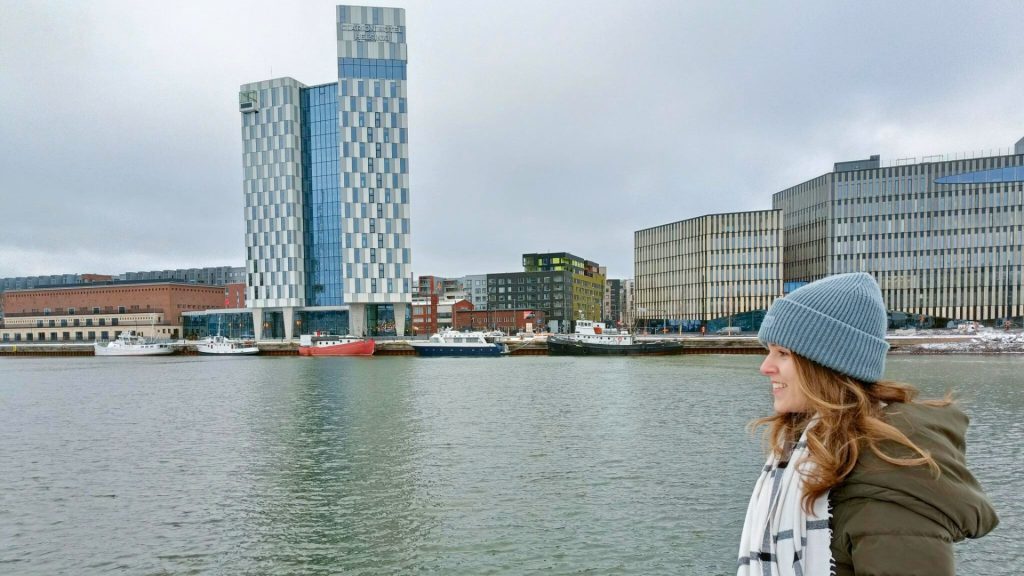
Ports must implement these changes against a backdrop of uncertainty caused by fluctuating geopolitical impacts, evolving regulations, and the techno-economic complexities of integrating renewable energy, meanwhile ensuring that their operations remain dynamic and economically viable. To add further complexity, there is not a “one-size-fits-all” solution.
Different ports require different solutions depending on the regulations that impact them, their surroundings and the types of ships calling at the port. Therefore, ports must work together with the value chain – shipping companies, other ports, regulatory bodies, local stakeholders and energy experts – to find the best solutions for their specific situation to avoid unnecessary costly investments.
Green Shipping Corridors: A Catalyst for Zero-Emission Shipping
One of the most impactful strategies to accelerate the transition to zero-emission fuels is the development of green shipping corridors – specific trade routes between ports that support and prioritise zero-emission shipping. These corridors create an enabling environment for first movers in the maritime sector, allowing ports to align efforts with shipping companies, fuel suppliers, and regulatory bodies to facilitate the uptake of alternative fuels and technologies.
The Fuel Transition Roadmap for Nordic Shipping highlights the need for green corridors to overcome key barriers such as fuel availability, high costs, and regulatory uncertainty. By focusing on regional collaboration and infrastructure development, green corridors provide a framework for coordinated investments in zero-emission fuel production, bunkering infrastructure, and vessel retrofitting.
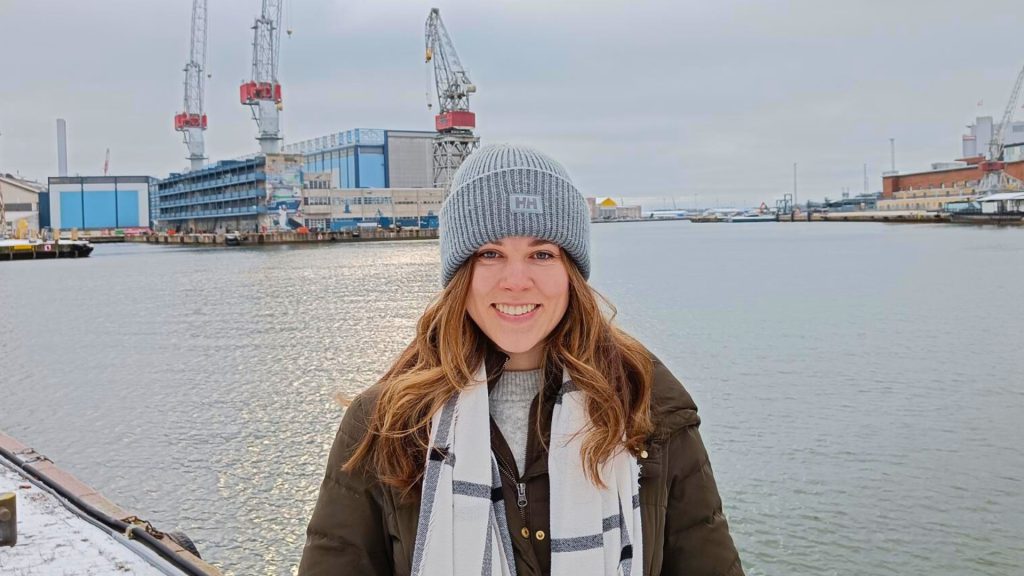
Tailored Solutions for Ports
At Flexens, we recognise that the situation of each port is unique and that becoming a green energy hub can be a huge investment. For this reason, we have developed a tailored and strategic approach to aiding each port’s energy transition. Whether they need a full strategy or targeted insights, we work together with ports to build a step-by-step implementation plan for phasing in the identified energy transition projects.
In our upcoming blogs, we will dive deeper into green shipping corridors, exploring key developments, best practices, and the role of collaboration in accelerating their implementation.
If you’re interested in exploring how stakeholders involved in ports and green corridors can take the next step toward a greener future, I’d love to discuss.
Contact
Szilvia Haide, Project Manager at Flexens
+358 (0) 405 043 183
szilvia.haide@flexens.com



